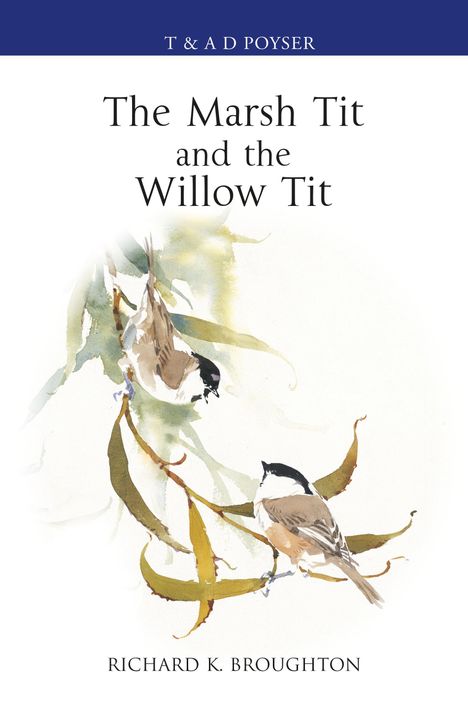Richard Broughton: The Marsh Tit and The Willow Tit
The Marsh Tit and The Willow Tit
Buch
Artikel noch nicht erschienen, voraussichtlicher Liefertermin ist der 5.12.2024.
Sie können den Titel schon jetzt bestellen. Versand an Sie erfolgt gleich nach Verfügbarkeit.
Sie können den Titel schon jetzt bestellen. Versand an Sie erfolgt gleich nach Verfügbarkeit.
EUR 92,72*
- Bloomsbury Publishing PLC, 12/2024
- Einband: Gebunden
- Sprache: Englisch
- ISBN-13: 9781472980311
- Bestellnummer: 11945755
- Umfang: 304 Seiten
- Erscheinungstermin: 5.12.2024
Achtung: Artikel ist nicht in deutscher Sprache!
Weitere Ausgaben von The Marsh Tit and The Willow Tit
Klappentext
'A superb account of the ecology and behaviour of two declining bird species whose lives are intimately shaped by their woodland habitats.' - Rob Fuller'There can surely be nobody else as richly qualified as Richard Broughton to write this definitive work on the natural history of these two fascinating species.' - Prof Ben Sheldon
The Marsh Tit and the Willow Tit are two small birds of woodlands and forests extending from Great Britain to Japan. They are resourceful, resilient, vocal and bold. Both species are an important part of our natural heritage and are sentinels of our wooded ecosystems, sensitive to habitat changes that send their populations into decline and signalling problems in these precious habitats.
In this first monograph for either species, Richard Broughton reveals the intricacies of the remarkable lives of these birds, bringing together decades of personal study and a detailed review of the wider research from Europe and Asia. We learn about each species' taxonomy, communication, food and foraging patterns, habitats, social organisation, breeding behaviour and dispersal, as well as exploring the challenges they face and their future prospects.
With more than 150 illustrations, including unique maps, charts and colour photographs, The Marsh Tit and The Willow Tit brings together a wealth of information surrounding these fascinating species and considers how we can better understand and conserve them.


